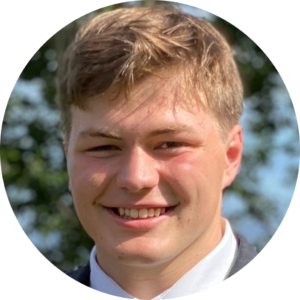Faculty Sponsor: Lisa Dierker
Live Poster Session: Zoom Link
Abstract: Recent developments over the past few years have put racial injustice in the spotlight, especially when it comes to traffic stops. It is often believed that non-white races and ethnicities are treated harsher and with less respect than their Caucasian counterparts. The goal of this research is to understand if there is a correlation between a driver’s race/ethnicity with traffic stop severity, as well as frequency. This research will also go one step further and attempt to discover if there is any correlation with these traffic stop variables and age, sex, and time of day. With all these variables, the research will be able to illustrate whether or not there is significant evidence of traffic stop injustice in Connecticut. The techniques used to find this data were done by SAS programming where multiple logistic regression lines were used in order to analyze correlation between all the variables. The results displayed that there is evidence of an association between physical appearance and traffic stop severity but not so much frequency. Ethnic drivers were pulled over on average 1.57% more than non-ethnic people. The results also illustrated that Black and American Indian drivers were searched more at a younger mean age (Black: 29.75 years old, American Indian: 27.4 years old). Although these findings are important in discovering an association, further research must be done to be conclusive.
Will-Orso-QAC-Poster-

